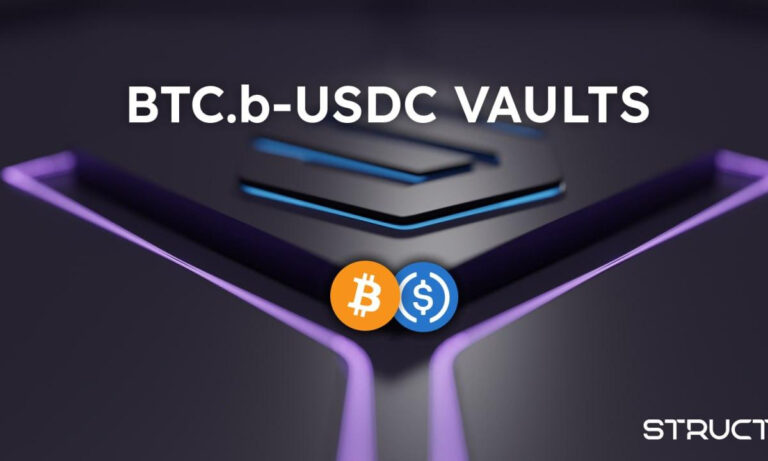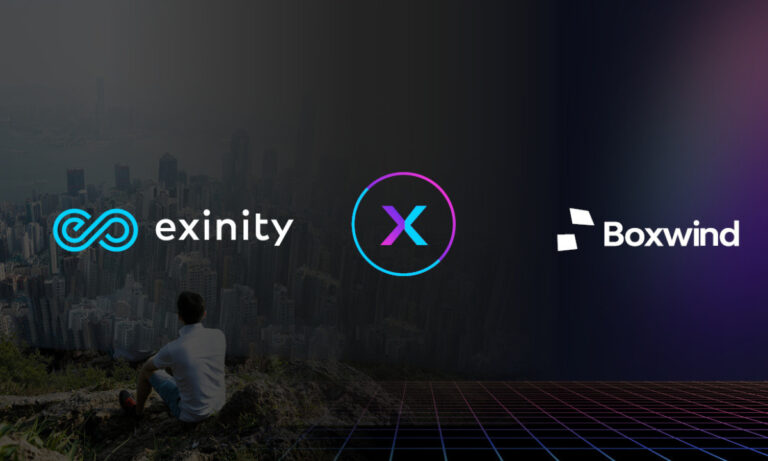A Closer Look at the Lightning Network and How it Solves Bitcoin’s Scalability Issue

- The lightning network is a second-layer protocol, an off-chain ledger consisting of payment channels where two parties can make transactions without clogging up the network.
- The Lightning Network is connected to the Bitcoin blockchain, allowing the network to have some benefits from Bitcoin’s security protocols.
The Bitcoin Lightning Network is a second layer protocol that sits on top of the Bitcoin blockchain. It allows for fast and cheap payments between two parties without clogging up the main blockchain.
The Lightning Network was first proposed in 2015 by Thaddeus Dryja and Joseph Poon. It was designed to address the scalability limitations of the Bitcoin blockchain. The Bitcoin blockchain can only process about 7 transactions per second, which is not enough to handle the volume of transactions that would be needed for Bitcoin to be used as a mainstream payment system.
The Lightning Network works by creating payment channels between two parties. A payment channel is a two-way, off-chain connection that allows the two parties to send and receive payments instantly and without fees. The only time a transaction is recorded on the blockchain is when the payment channel is closed.
This allows the Lightning Network to process millions of transactions per second, which is much more than the Bitcoin blockchain can handle. It also makes payments much cheaper, as there are no fees to pay to miners.
The Lightning Network is still under development, but it has the potential to solve the scalability limitations of Bitcoin and make it a more viable payment system.
Here are some of the advantages of the Lightning Network:
- Faster transactions: The Lightning Network can process millions of transactions per second, which is much faster than the Bitcoin blockchain.
- Lower fees: There are no fees to pay to miners when using the Lightning Network, which makes payments much cheaper.
- Off-chain transactions: Transactions on the Lightning Network are not recorded on the blockchain until the payment channel is closed. This makes them more private and secure.
- Scalable: The Lightning Network can be scaled to handle a much larger volume of transactions than the Bitcoin blockchain.
Here are some of the disadvantages of the Lightning Network:
- Not yet fully developed: The Lightning Network is still under development, and there are some bugs that need to be fixed.
- Not widely adopted: The Lightning Network is not yet widely adopted, which means that there are not many merchants that accept it.
- Technically complex: The Lightning Network is technically complex, which makes it difficult for some people to use.
Overall, the Lightning Network is a promising technology that has the potential to solve the scalability limitations of Bitcoin. However, it is still under development, and there are some challenges that need to be addressed before it can be widely adopted.













+ There are no comments
Add yours